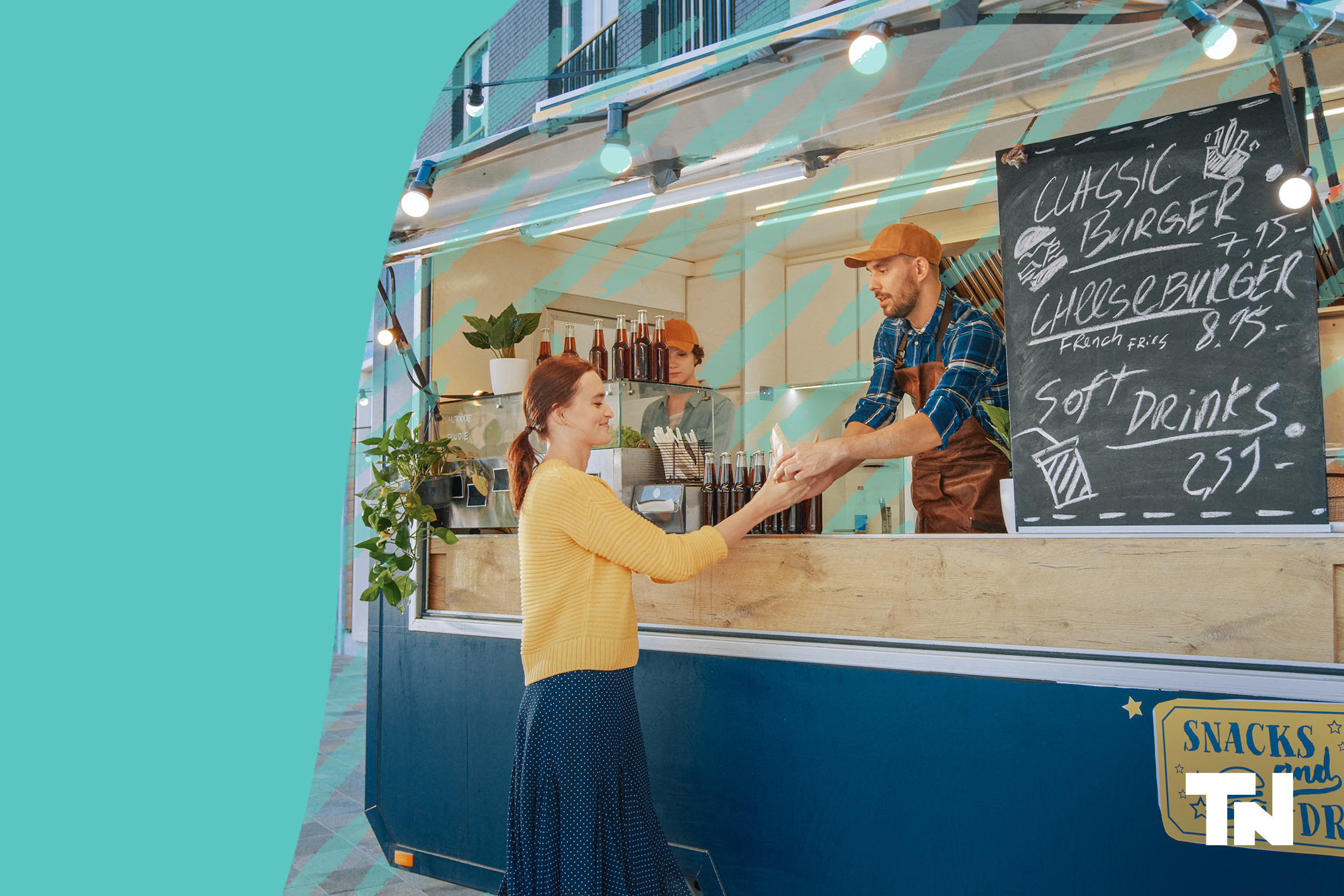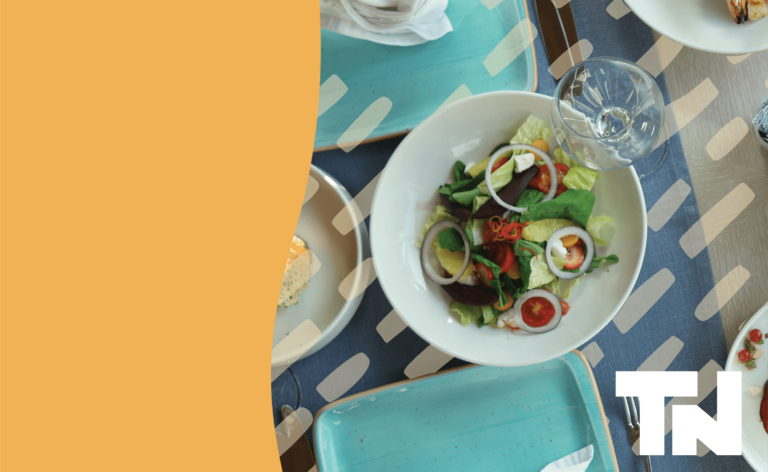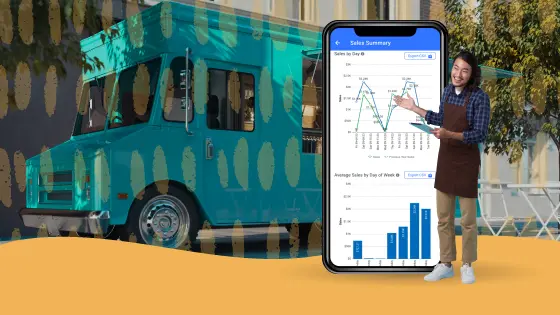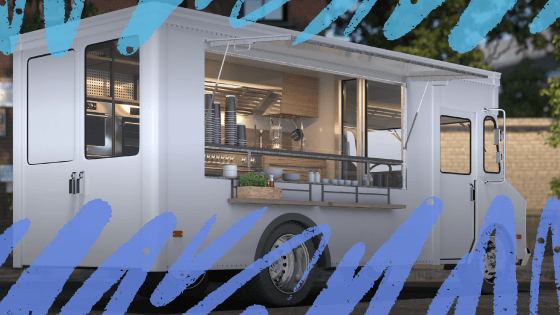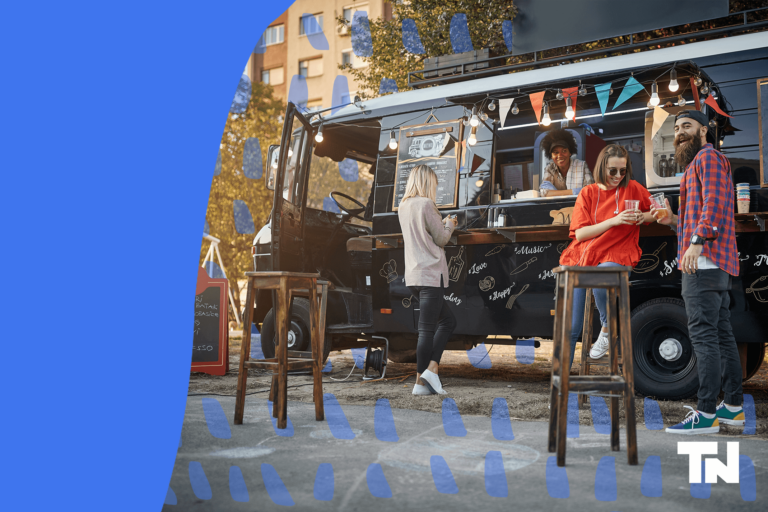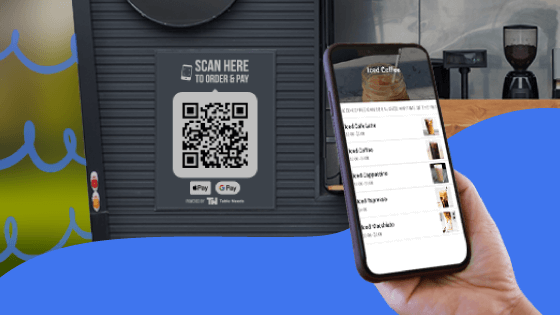Having a well-crafted menu for your food truck isn’t just important — it’s one of the real keys to your success. After all, it defines you and it sets the tone for what diners can expect.
The question is, where do you start?
Well, it all begins with a concept. Think about the market you’ll be serving, as well as the other businesses that already exist. Unless you’re doing something especially unique, it doesn’t make much sense to further saturate the dining scene with the same type of cuisine.
Consider your niche—and the handful of dishes you’ll focus on. If you’re going to serve burgers, for example, think about what sets them apart. Is it the meat hand-ground using a special blend? Do you have signature toppings, like homemade bacon jam? What stands out about your fries? Are they double-fried, perhaps showered in Parmesan and herbs?
When you’re planning your food truck menu, think about what ingredients can be used across dishes. Think about if they’re cost-effective and if the dishes could be simplified to save money without compromising quality. Consider streamlining your menu to limit the scope. Food truck kitchens are small and people expect their food to be fast so your menu should support that.
The role of menu engineering
Menu engineering is data-driven menu design that analyzes the popularity and profitability of menu items. It couples this analysis with human behavior patterns to determine the best menu structure and organization for your restaurant’s menu.
Then there’s the matter of what you say. You really want to sell your menu so the words you use matter. Colorful descriptors definitely help. So does having a story to tell. “Mama’s meatballs with fresh-plucked tomato sauce” says a whole lot more than “meatballs in marinara sauce.”
Intentional menu engineering has been proven to increase restaurant profits by 10% to 15% because it shows the facts behind the fun. Long applied to physical menus, our increasingly digital world requires an increasingly digital approach.
At Table Needs, menu engineers assess where the clicks happen, what’s selling and where to place important information. They also build it, train you and support your success, free of charge.
Be sure to interpret the data
Knowing what works and what doesn’t helps you fine-tune your offerings, whether it’s tweaking an existing dish or scrapping it entirely in favor of something else.
Analyze that data. What are the top sales by item? What do the week-over-week sales look like? Once you know, sell it — tell your customers what makes it so great. It may, for example, be a dish your mom used to make when you came in from playing in the snow.
By contrast, consider which dishes sell the least. Do you need it on the menu if guests don’t want it? What are people saying about it? Does keeping it on the menu make financial sense?
Test out different approaches and modify ingredients if and when it makes sense. Incorporate diner feedback, too, especially when it’s something you hear time and time again.
More menu tips for a profitable food truck business
The ways you can create an engaging food truck menu are plentiful. Here are a few more tricks of the trade.
- Skip the price since removing the dollar signs lets customers focus on the menu itself
- While you’re at it, end prices in .95 because the seem less expensive, even if they barely are
- Go heavy on the adjectives — longer descriptions not only paint the picture but also tend to sell well
- Put your best dish in the right-hand corner, where the eye naturally goes
- Perhaps offer some dishes in two sizes — customers naturally worry the smaller size won’t be enough
Want more tips to help your food truck operate at its most-profitable-best? We have ideas for you — as well as the restaurant technologies to ensure that’s the case.
Follow us for tips, news, and tutorials to run a successful small restaurant.
